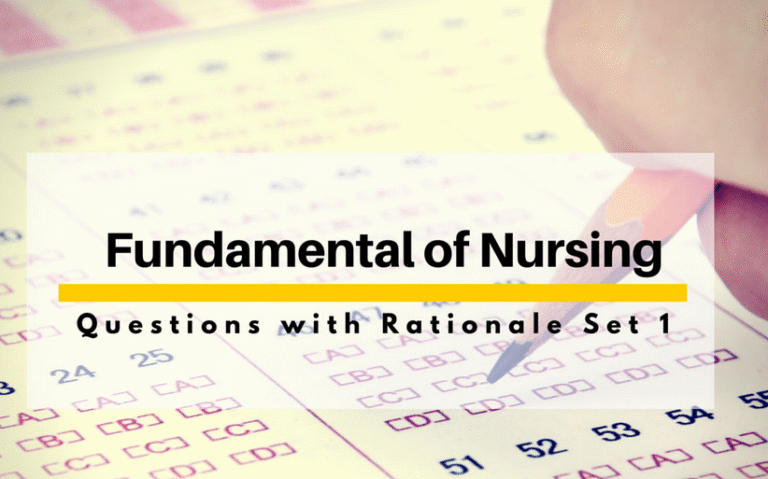How to Support a Gifted Child’s Learning Style
Supporting a gifted child’s learning style can be a fulfilling endeavor for both the child and their caretakers. Gifted children often demonstrate exceptional intellectual abilities and, as such, require tailored educational approaches that nurture their unique talents. Recognizing whether your child belongs among the gifted students begins with identifying their learning preferences. This understanding allows you to effectively foster their educational journey while keeping them engaged and enthusiastic about learning. It’s crucial to provide the right mix of challenge and support to ensure that their potential is fully realized without being overwhelming.
Understanding Diverse Learning Styles
Every child has a distinct way of absorbing information, and gifted children are no exception. They often excel in particular types of learning environments, such as visual, auditory, or kinesthetic settings. Understanding these preferences is vital in creating an educational experience that is both rewarding and stimulating. Identifying how your child best receives information can prevent frustration and maximize learning efficiency. This individualized approach is crucial to keeping the child engaged and avoiding boredom.
Visual Learners in Gifted Education
Visual learners benefit significantly from engaging with visual aids, such as diagrams, charts, and color-coded notes. These tools help transform abstract ideas into understandable concepts. Visual learners can better organize their ideas and recall difficult material if they are encouraged to make colorful mind maps. In addition to improving memory, this creative process promotes a greater comprehension of a variety of topics. Visual learners tend to thrive in environments where they can see and manipulate information in a graphical form, providing them with a clearer path to learning mastery.
Auditory Learning Techniques
For children who excel through auditory means, incorporating sound-based learning tools is an effective strategy. Discussions, verbal instructions, and auditory media like podcasts and audiobooks can significantly enhance their learning experience. These learners often benefit from musical integration in educational activities. For instance, setting information to melodies or rhythms can assist in memorization and engagement. The act of listening not only helps in comprehension but also in retaining information, making auditory methods a valuable tool for supporting a gifted child’s education.
Kinesthetic Learning Opportunities
Kinesthetic learners are those who learn best through physical activity and hands-on experience. These energetic learners need opportunities to engage with the material directly, often thriving in environments where they can manipulate and interact with their surroundings. Activities such as science experiments, role-playing, and physical sports help them grasp new concepts effectively. It is critical to provide them with tasks that allow movement and touch, as it aligns with their natural learning process, making education an exciting adventure.
Incorporating Movement
Incorporating movement into daily lessons is essential for kinesthetic learners. Simple practices like taking part in constructing physical models or engaging in project-based learning can stimulate these children’s enthusiasm for education. Movement-based activities not only address their learning style but also help in the retention and application of knowledge, turning abstract theories into tangible understanding.
Balancing Structure and Flexibility
Establishing a balance between structured learning and flexibility is crucial when nurturing gifted learners. While having a curriculum provides a road map, allowing room for exploration can be instrumental in keeping the child motivated. Gifted children often have varying interests, and offering them the liberty to explore these areas can cultivate a lifelong love of learning. Flexibility ensures that they are not restricted by rigid frameworks, enabling them to develop critical thinking and problem-solving skills as they explore.
Providing Emotional Support
The emotional landscape of gifted children can often be complex. These children may experience emotions with great intensity and could require specialized support to navigate them. Providing a safe and nurturing environment where they can express themselves freely is essential for emotional well-being. Conversations about feelings and providing ways to manage them are crucial parts of holistic educational support.
Encouraging Peer Interaction
Social interaction is another vital component of a gifted child’s educational journey. Engaging in group activities, clubs, or sports teams provides opportunities for developing social skills and leadership qualities. Encouraging participation in environments where they can connect with peers who share similar interests helps build confidence and collaboration skills. This social engagement supports a more balanced development, enhancing both educational and social-emotional growth.
Utilizing External Resources
Complementing in-home education with external resources can significantly enrich a gifted child’s learning experience. Websites like Edutopia offer research-backed insights and innovative strategies for educators and parents to effectively tailor educational experiences. Additionally, platforms like PBS LearningMedia provide a wide array of multimedia learning materials that cater specifically to gifted education. These resources expand educational horizons, offering diverse and engaging content that can ignite a child’s passion for learning.
Conclusion
In conclusion, supporting a gifted child’s learning style is essential for fostering their intellectual and emotional growth. By identifying whether a child is a visual, auditory, or kinesthetic learner, parents and educators can create personalized learning experiences that enhance their engagement and minimize frustration. It is important to strike a balance between structured lessons and flexible exploration to keep them motivated while encouraging their critical thinking abilities. Emotional and social support also play crucial roles in helping gifted children navigate their complex feelings and build social skills. With the right combination of challenge, encouragement, and resources, gifted children can thrive and develop a lifelong passion for learning.
Keep an eye for more latest news & updates on Newsletter Tribune!






